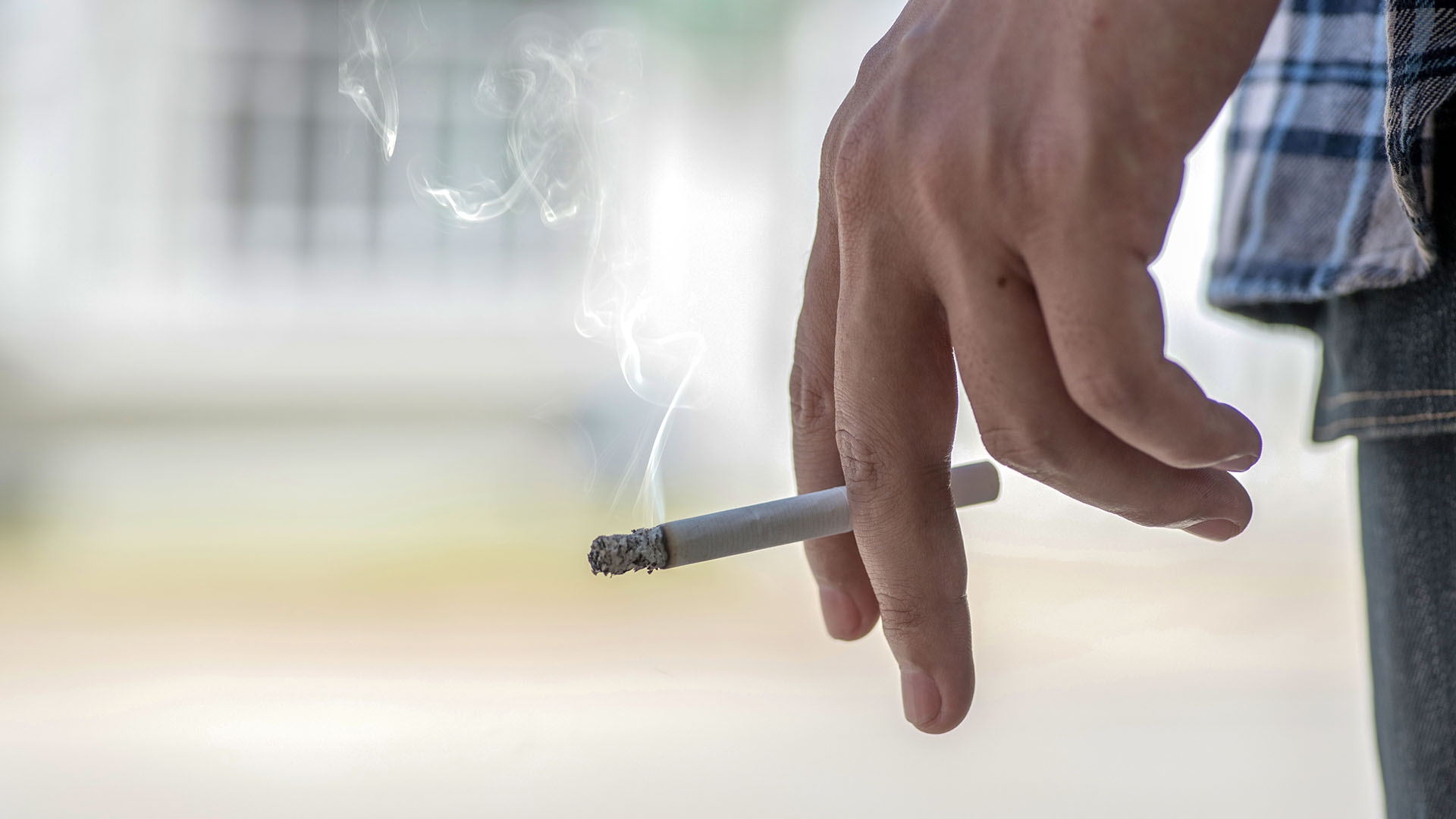

Tobacco is known to be harmful to health. But more and more details of the damage are being found. Smokers of tobacco products - in any form - are less likely to survive a heart attack than non-smokers. This was revealed by a study with new data collected by researchers at the Irbid University of Science and Technology, in Jordan.
Levels of Alpha-1 Antitrypsin (A1AT) - a liver protein that protects body tissues - were found to be “significantly lower” in smokers than in non-smokers, according to the study. However, no differences were detected in hypertensive and non-hypertensive individuals. Researchers will present their findings at the annual meeting of the American Society of Physiology, in the 2022 edition of Experimental Biology, in Philadelphia.
According to the U.S. Department of Health and Human Services' Division of Heart Disease and Stroke Prevention, approximately 1.5 million heart attacks and strokes occur each year. It is believed that the liver protein A1AT might offer protection to heart tissue when released during a heart attack.
“The study is interesting. Perhaps the subject of proteins needs to be deepened in order to find other lines of treatment. This paper also warns, like other previous studies, that tobacco use, in all its forms, adversely affects the arteries of the heart, and increases the risk of having heart attacks, heart failure, increased risk of complications and sudden deaths,” the doctor told bInfobae. specialized in smoking Sandra Galarza, from the Álvarez Hospital and coordinator of the Tobacco Control Program of the City of Buenos Aires.

“The objective of this study was to compare plasma levels of A1AT released in smokers and non-smokers, and between hypertensive and non-hypertensive individuals after an attack,” said Dr. Said Khatib, co-author of the study.
The human study was conducted on 29 adult men and 11 women by taking blood samples taken one, four, 24, 48 and 96 hours after the diagnosis of a heart attack. The participants were divided into four groups of smokers and non-smokers, and hypertensive and non-hypertensive. Researchers believe that maintaining adequate levels of A1AT in smokers during a heart attack will improve their chances of survival.
Tobacco products contain nicotine, a substance that is highly addictive. Consuming these products is one of the main risk factors for cardiovascular and respiratory diseases, as well as for more than 20 different types or subtypes of cancer and many other debilitating diseases. There are more than 8 million tobacco-related deaths each year, according to the World Health Organization.
Tobacco can also be deadly for non-smokers. Exposure to second-hand tobacco smoke is also associated with adverse health outcomes, causing 1.2 million deaths annually. Almost half of all children breathe air polluted by tobacco smoke, and 65,000 children die each year from diseases related to second-hand tobacco smoke. Tobacco use during pregnancy can cause some permanent health disorders in babies.
Heated tobacco products are also known to expose users to toxic emissions, many of which cause cancer and are harmful to health. “Electronic nicotine delivery systems and non-nicotine electronic systems, commonly known as e-cigarettes, do not contain tobacco and may or may not contain nicotine, but they are harmful to health and, without a doubt, unsafe,” according to WHO.
As if that were not enough, tobacco production also harms the health of ecosystems. The tobacco industry also emits polluting gases. It was reported that greenhouse gas emissions - which are the pollutants involved in rising global temperatures - are equivalent to 84 million tons of carbon dioxide per year, contribute to climate change and reduce resilience to this change, in addition to wasting resources and damaging ecosystems.
Every year some 3.5 million hectares of land are destroyed to grow tobacco. This crop is conducive to deforestation, especially in the developing world. Eliminating forest areas for tobacco plantations deteriorates soils and reduces yield, that is, the ability of land to sustain the growth of any other crop or plant.
“The environmental consequences of tobacco use add unnecessary pressure on our planet's already scarce resources and fragile ecosystems. This is especially dangerous for developing countries, as most tobacco production is concentrated in them,” said Dr Ruediger Krech, WHO Director of Health Promotion. “When you smoke a cigarette, you are literally burning resources where they are already scarce, burning resources on which our very existence depends,” he said.
To stop using tobacco, WHO first advises that “it is important to establish as soon as possible a day to quit smoking”. It should also be told to friends, family and work colleagues so that they can help and understand that a process to quit smoking is starting.
Another recommendation is to think about and anticipate what the possible obstacles will be may present when the person quits smoking. The fourth step is to remove any tobacco product from your immediate environment so that you don't have it on hand and never use it again.
KEEP READING: